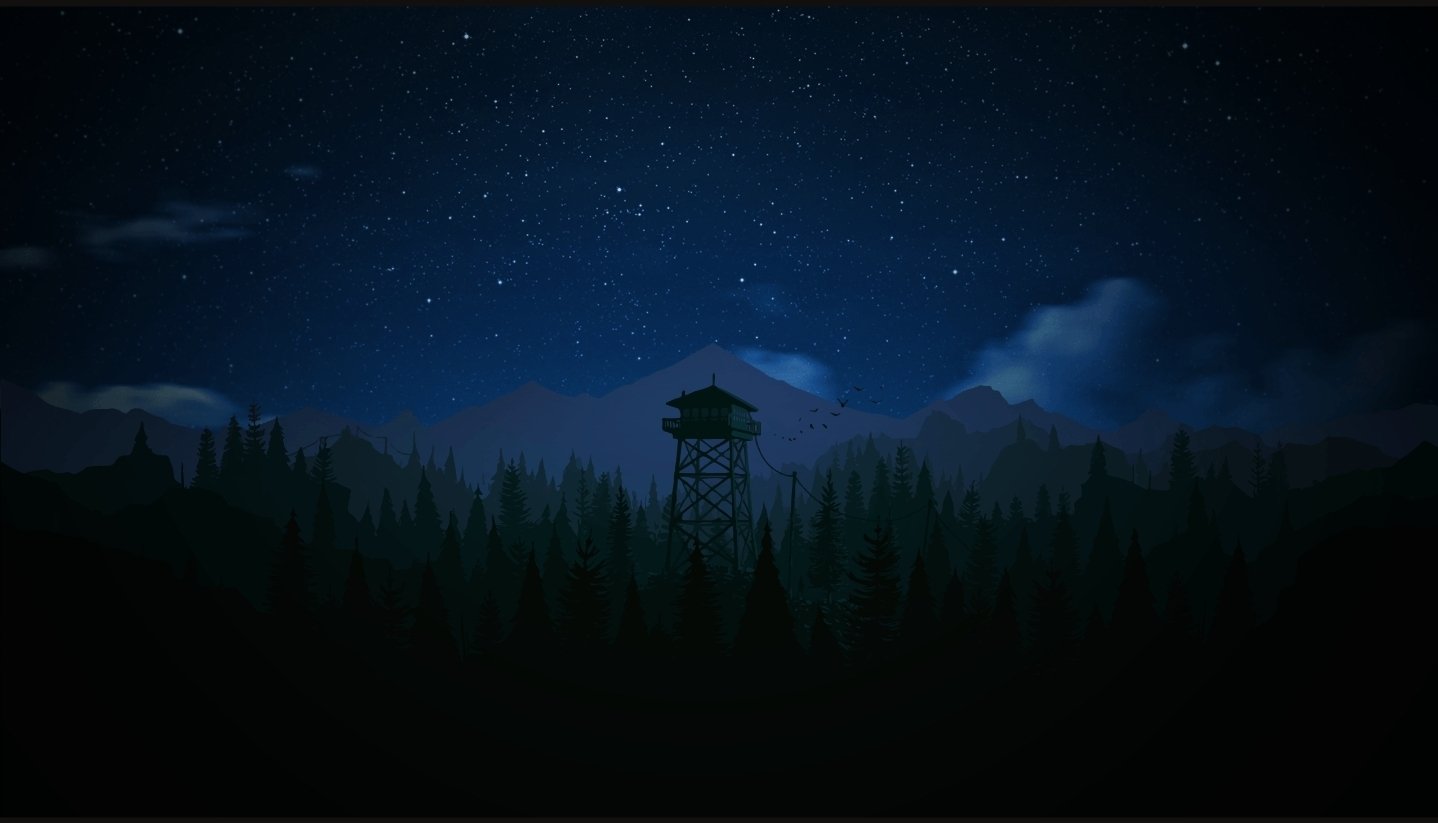What tricks do you have to keep warm?
Wool base layer, insulated mid layer, rain/windproof outer shell. They key here is too add/remove layers as needed, dictated by the weather and how active you’re being at the moment.
Should any of the layers be tighter or looser than the others? Like, do you want to size up?
You aren’t just heating up your own body w/ homeostasis, you’re heating up the air around you as it radiates off of your body. You will be warmer with tighter fitting clothes. Looser clothes can help with air flow, but if the air is -10°F air flow isn’t your friend.
Insulation is about trapping the air your body has warmed up next to your body, so you don’t need to constantly spend energy heating up cold air.
I’m not sure what sort of activity you’re planning on so I can’t give very good recommendations on exactly what to wear. But I would say just buy clothes that fit you. You probably shouldn’t be wearing so many thick layers that it requires you to go a size up.
Also keep in mind if you’re so warm you start to sweat, once you cool down that sweat is going to make you feel even colder.
Again wear wool, Merino wool if you can. Don’t wear cotton.
Quality comment right here.
Emphasizing what the other poster said, you don’t want to compress anything that traps air. Your best insulator, by far, is trapped air.
Proper mid to outer level layers are made to size so they fit on top of the lower levels
I work outside during all seasons.
In the winter…
Layers. Layers. Layers.
Top half:
- Undershirt(or not - depends on how cold).
- Thermal long sleeve.
- T-Shirt.
- Hoodie.
- Jacket(or not - depends on activity level)
Bottom half:
- Spandex type briefs.
- Thermal Long Johns.
- Thick work pants (carhart/dakota/etc)
- Decent wool/cotton blend socks.
- Snow pants(or not, slush pants or full bib - depends on snow and temps)
This depends on how cold, and how physical the labor is. The more physical the labor is, the less you’re going to want to wear (in general), because movement and exercise is going to keep you warm.
But, here’s a basic guideline.
First, no cotton. Full stop. Cotton will absorb mater, and then loses it’s ability to keep you warm. Jeans are an absolute non-starter in really cold weather. Leather is okay, but absolutely must be oiled and sealed against water (I’ve been experimenting with a beeswax and neatsfoot oil combination that seems to penetrate pretty well when applied with heat, but that’s more work than most people want to do).
Second, layers. Generally speaking, you want a wicking layer right next to your skin, insulation layer(s), and a waterproof/windproof shell layer over everything. Polypropylene long underwear is the normal technical choice for a wicking layer, and you can get polypro sock liners and glove liners as well. Wool should be your go-to choice for insulation layers; it has the fairly unique property of keeping you warm even when it gets wet, particularly because it’s really hard to get wool ‘wet’ (because wool is hydrophobic). Gore-Tex is gold-standard shell material; it gives you some level of breathability (e.g., allows sweat to evaporate out) while preventing water from getting in and keeping the wind out. With a good shell, you should be able to open vents to cool yourself down if you get too warm (and definitely cool yourself down well before you start feeling sweaty!) Goose down is great at keeping you warm, but does lose it’s loft–and insulating properties–when it gets wet. Depending on what you’re doing, you may want abrasion-resistant panels on your shell layers, as Gore-Tex isn’t as durable as, e.g. 1000D nylon pack cloth.
For boots, the US military ‘Mickey Mouse’ boots are pretty great. They’re several layers of rubber sheet, with wool felt insulation. You want to get them sized up a little so that you can get a liner sock and full cushion wool hiking socks in. All leather ankle-height hiking boots (Sorrel used to be one of the top choices, I’m not so sure any more) with lots of oil/wax based sealants and gaiters is another good choice.
As far as hands go, the same basic principles apply; a lightweight liner, a heavier insulation, and a shell layer. Generally speaking, you want mittens rather than gloves. If you must have gloves, then shooting gloves or lobster claw gloves are better than gloves that separate all of the fingers.
You’ll also want a good scarf–again, wool–and a long hat or balaclava, covered by the hood of your shell layer. The downside to a balaclava over a hat is that if it’s cold enough, your breath will freeze in the balaclava, leaving you with icicles hanging on your face.
This is what I’ve worn when I’ve done multi-day camping trips in the mountains in -20F weather. I’ve made mistakes–like choosing boots with different insulation, which kept my feet wet for three days straight–and the mistakes were painful. Poor footwear choices when bicycling at -20F has meant that I’ve had frostbite in my feet–not severe, thankfully, but incredibly painful as they thawed out.
EDIT As a final note - avoid anything that’s really constricting. Your wicking layer should be against your skin, but not tight. Anything that restrict blood flow is going to be a risk to developing frostbite. Shoes that are comfortable without heavy socks are going to be too tight with them. Depending on what you’re doing, you may need to make compromises. For instance, if you’re doing roofing, you’re probably going to have to get cotton, because that’s what Carhartt is available in, and you probably don’t want to be wearing $500 Gore-Tex shell pants for that.
Finding stuff for roofing in the winter sucks. My boss swears by blacklader pants, they even have kneepad inserts. Wear layers under your pants. Long John’s and or fleece pants will keep you warm. Gloves are also super hard to find, or hard to find ones cheap (and warm) enough you don’t mind destroying.
I follow all of your rules, but let cotton be my top layer sometimes, as it is fairly cut resistant (we do standing seam). As for boots, muck boots seem to be warm enough and give you good traction on a panel/ underlayment.
I also bring hand warmers in case my hands start to get too cold. Also some people use the Milwaukee sweatshirt that is heated/battery powered as a mid layer. It may reduce too many bulky layers.
Layers, lots of layers. If you need to use your hands, latex gloves works great to keep your hand warm while retaining dexterity. Also when you come in from outside, strip the cold clothes off and put dry clothes on
deleted by creator
If you’re active outside it’s surprisingly hard to be cold to be honest. Beyond that the most important thing is having a wind proof layer on the outside, and probably some decent gloves.
On the other side, it’s also really hard to keep warm even in 0/32 degree weather when you’re not being active.
I’ve lived where it regularly gets near -40C. Often feel chillier laying down in a “cold” house than even just walking outside for a bit. If you have a thick coat and you’re moving it’s not unusual to get too warm, which can be a bit of a problem if you start sweating. I would bike in the winter and I basically just needed a wind breaker and a light jacket (and good gloves, obviously!). One thing that kind of sucks is taking the bus in the winter because you walk to the bus stop, but then sit there in the cold, and then when you finally get on the bus it’s disgustingly warm.
Try that in Canada.
I’m from Canada, so… I have?
Oh, snap!
Lol. Try living up north. Work as hard as you want, you’ll still freeze to death, one block from home.
Though, I’m sure that applies very well on the Sunshine Coast.
Everyone here is correct, lots of layers and wool. The only exception is cold windy days, it’s damn difficult to prepare for wind. On a -40 windy day there’s not a lot you can do. Hand warmers, or even better heated gloves can be amazing on those days for when you just can’t get your hands warm. My girlfriend uses a heated vest regularly and she loves it. I also almost always have a large thermos of hot soup or tea to sip on on break.
On stupid cold days I’ll sometimes where two wool baselayers. I find the layers rubbing generate heat and that can be lovely.
Have done that, but don’t anymore.
My regular day was: Feet: boots over heavy socks over lighter socks
Legs: pants over thermals and sometime a layer of sweatpants in between
Main body: hooded canvas coat over heavy sweatshirt over long sleeve shirt over thermal shirt over T-shirt. alternating layers tucked into pant layers
Head: jacket hood over sweatshirt hood over heavy winter hat.
Hands: usually bare for the work I was doing, but when I could, I put them in some fantastic mittens my brother gave me that have been nicknamed “bear vaginas”.
If I got too warm, I could shed upper layers pretty easily to regulate temp, but rarely did I ever need to do more than lose the coat and sweatshirt.
just put your hands between your buttocks. That’s nature’s pocket. -Futurama
Layers
Nothing is skin tight
Any exposed skin is going to be a problem
I drive a forklift so how ever cold it is outside I get an additional 8mph of wind-chill
So today is really going to suck as there’s 15mph winds coming in, so in one direction I’m getting 23 mph worth of wind-chill and the other I’m getting 7
Edit: Also overlapping seams are pretty important as gaps can let air flow in when in motion
I used to have to walk 6km home late at night in -30 c or colder I would wear 2 pairs of socks with PJ pants under my jeans with a sweater and jacket. Also tight boxer briefs will keep your junk warm . I found loose ones would cause my junk to get really cold .
6 km? There was no other option? Bicycle?
Didn’t have a bike at the time and there was no bus at 1am . Taxi would of cost about $20 so walking was the best option.
If it’s really cold I’ll do 3-4 layers. Typically for my legs I’ll do Long John’s, then a pair of sweats, then my jeans.
For my torso I’ll also use a Long John shirt, then a long sleeve sweatshirt, then a hoodie, then a Carhartt jacket. Also, always take a few extra pairs of socks, if you’re feet get wet from sweat, they’ll get very cold as soon as you slow down or take a break.One thing that helped me more than I expected was an insulated face mask. They’re usually marketed to hunters. A good one sits comfortably below glasses or safety goggles, and it stands just off your face except for the edge.
Adding this allowed me to be more comfortable in colder temperatures and strong wind with less layers overall.
Electric heated clothing is pretty great. USB heated clothes can only accept 10 watts a piece which isnt alot of but its suprisingly enough to keep you warm. Very energy efficent. They make more powerful electric jackets that run on power tool batteries too which are considerably more powerful. The limit to heated clothing is obviously how big a battery you can carry with you but even a 10 watt usb heated clothing has incredible amounts of CLO units (the scientific unit of measurement for the amount of insulation a particular piece of clothing provides
Layers are super important, thermal underwear (pants and shirt) will go miles in keeping you warm. Same with putting on multiple layers of pants, shirts, and jackets. Certain materials are better than others but at the end of the day every piece of clothing you manage to stack is added insulation regardless of material. Plastic synthetic materials beat most natural plant fibers in insulative property. The only natural fibers that really come close is wool.
Wool stuff is generally very good at keeping you warm but it can have a bit of a texture, requires some care when washing, sheds quite a bit, and it has a certain smell you have to adapt to or try really hard to wash out.
If your job just involves a lot of standing like a traffic signaller then you can probably get away with wearing a double puffy blanket as a cloak which will also help tons. I love my double puffy its great.
If you are dealing with fuck-you levels of cold well below freezing it may be worth getting a snowmobile suit, I’ve heard those are incredibly insulating.
Read this article by lowtechmagazine its full of really good info on keeping yourself warm.
Carhart overalls (knock off brands might or might not be good). A good sweatshirt. Unzip or remove as needed - different parts of the day and different activities demand different levels of outwear. At the end of the day find all the clothes you shed and pack them back home for the next days.
For chilly days the cheap “jersey” gloves work great: buy a case. You need a new pair every day, but they are thin enough that they are easy to work in and cheap enough that you don’t care about a new pair daily. For cold days the yellow “chore gloves” work great, keep a dozen around so you can switch when they get wet. Most of the time I just let them air dry in my car.
Only really cold days have breakfast and start later in the day.
The only think I can’t help you with is when it is -1C and raining. If at all possible stay home.








